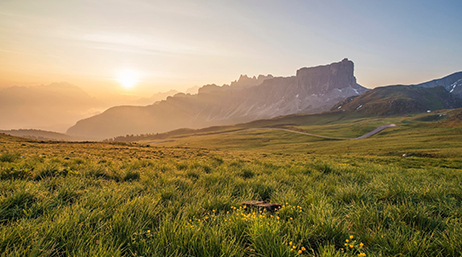
What’s new in ArcGIS StoryMaps
Owen Evans
Learn what you can make and explore resources.
Access blog posts from the ArcGIS StoryMaps team and members of the storytelling community.
New and experienced digital storytellers can explore this video collection—from webinars to short instructional videos.
Discover the latest enhancements to ArcGIS StoryMaps.
Find information to create your next digital narrative.